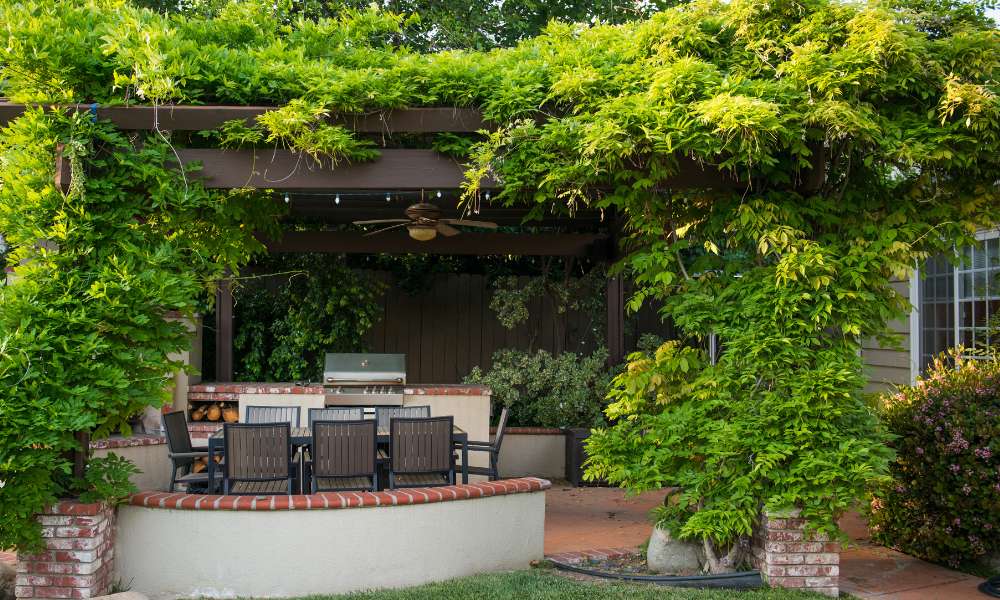Elevate your outdoor living space with our comprehensive guide on how to decorate a pergola with plants. Transforming a simple pergola into a lush green haven not only enhances its visual appeal but also offers a myriad of benefits. From creating a tranquil retreat to providing natural shade and privacy, adorning your pergola with plants is a rewarding endeavor. Discover the essential steps, from selecting the right flora to understanding proper placement and maintenance techniques, to unlock the full potential of your outdoor sanctuary. With our expert tips and insights, you can effortlessly infuse your arbor with natural beauty while enjoying the therapeutic benefits of gardening.
How Often Should I Water My Pergola Plants?
The frequency of watering your pergola plants will depend on several factors such as the type of plants, the weather conditions, and the soil drainage. In general, it is recommended to water your arbor flora at least once a week during the growing season, but this can vary based on individual plant needs. It’s important to check the moisture level of the soil before watering to ensure you are not overwatering or underwatering your flora.
How Can I Protect My Pergola Plants From Diseases?
Consider using organic fungicides or other natural remedies to treat and prevent diseases in your pergola plants. Neem oil, copper sulfate, and baking soda solutions are all popular options for controlling common plant diseases without harmful chemicals. Regularly applying these treatments as a preventive measure can help keep your arbor flora healthy and thriving.
Can I Grow Vegetables In My Pergola Garden?
Yes, you can definitely grow vegetables in your pergola garden! Pergolas provide a great structure for vertical gardening, allowing you to make the most of limited space. You can grow climbing vegetables like tomatoes, cucumbers, and beans on trellises or along the sides of your pergola. Additionally, you can plant herbs and smaller vegetables in containers or raised beds within the area.
Determine The Amount Of Sunlight
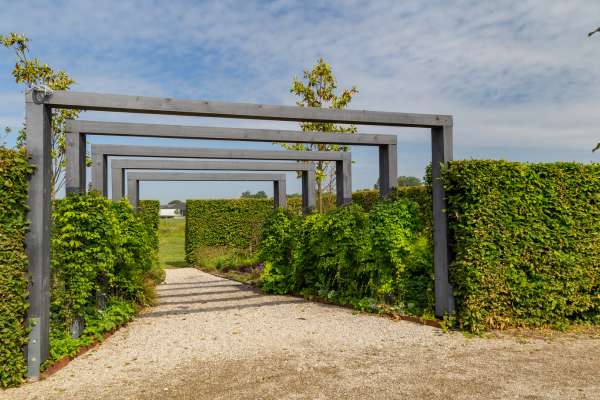
Before embarking on your pergola decoration journey, it’s crucial to assess the amount of sunlight the area receives. Different plants have varying light requirements, and understanding this will help you choose the right greenery for your arbor. Take note of the sun exposure throughout the day, considering factors like the position of nearby trees or buildings that may cast shadows. By determining the sunlight levels accurately, you can select flora that thrive in either full sun, partial shade, or full shade, ensuring they flourish in their new arbor home.
Adding Fragrant Plants
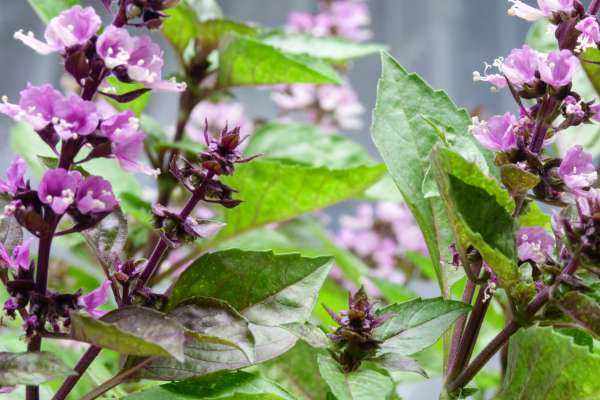
Enhance the sensory experience of your pergola by incorporating fragrant plants into your design. Fragrance adds another dimension to your outdoor space, creating a delightful atmosphere for relaxation and enjoyment. Consider adding aromatic climbers like jasmine or honeysuckle to trail along the pergola’s beams, releasing their sweet scents as you lounge beneath. Additionally, fragrant herbs like lavender or rosemary not only perfume the air but also serve as practical additions for culinary purposes. With carefully chosen fragrant flora, your arbor becomes a sensory oasis, enticing you to unwind amidst nature’s aromas.
Improves Air Quality
One of the often-overlooked benefits of decorating a pergola with plants is the improvement in air quality. Plants act as natural air purifiers, absorbing harmful pollutants and releasing oxygen into the surrounding environment. By strategically placing greenery in and around your pergola, you can create a healthier and more rejuvenating outdoor space. Opt for air-purifying flora such as snake flora, spider flora, or peace lilies, known for their ability to filter toxins and enhance overall air quality. Not only do these flora contribute to a cleaner atmosphere, but they also add visual appeal and vitality to your arbor design.
Creating A Vertical Garden
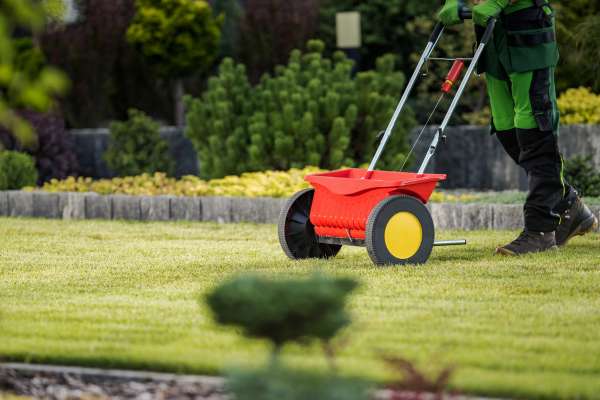
To achieve a harmonious balance between greenery and illumination, consider using LED string lights or solar-powered lanterns that are energy-efficient and eco-friendly. Experiment with various lighting placements to cast intriguing shadows on the foliage while also providing functional light for evening gatherings or quiet moments of solitude under the stars. With creativity and careful planning, decorating your pergola with lights can elevate your vertical garden into a breathtaking display that captivates both during the day and night.
Popular Plant Options
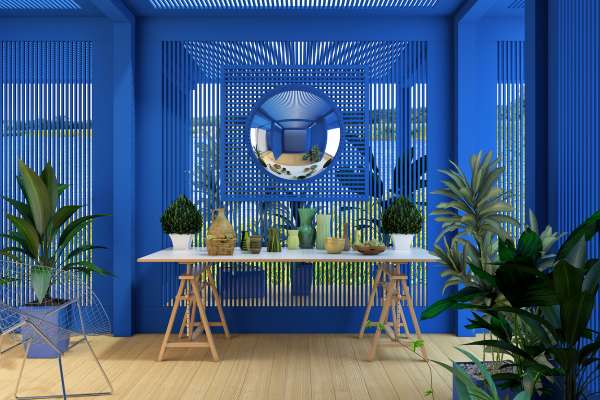
1. Climbing Vines And Creepers
To enhance the charm of your pergola with plants, there’s a plethora of popular options to choose from. Climbing vines and creepers stand out as one of the top choices, effortlessly weaving their way around the arbors structure to create a natural canopy. Varieties such as wisteria, jasmine, and ivy not only add a touch of elegance but also provide shade and privacy as they flourish. Their ability to climb and cover large areas makes them ideal for transforming your arbor into a verdant retreat.
2. Hanging Plants And Baskets
Hanging plants and baskets offer another versatile option for beautifying your pergola. From colorful flowering flora like petunias and fuchsias to trailing foliage such as ferns and trailing succulents, there’s a wide variety of plants that thrive in hanging arrangements. These plants can be suspended from the pergola’s rafters or hooks, adding a vertical dimension to your outdoor space and drawing the eye upward. Additionally, hanging flora can help soften the structure’s edges and create a cozy, intimate atmosphere underneath.
3. Potted Plants And Flowers
Potted plants and flowers offer endless possibilities for personalizing your pergola decor. From vibrant annuals to perennial favorites, selecting a mix of potted plants allows you to experiment with different colors, textures, and heights to achieve your desired look. Consider incorporating tall grasses, flowering shrubs, or sculptural succulents in large containers to anchor the corners of your pergola and add vertical interest. Mixing in smaller pots of herbs, annuals, or trailing vines along the edges of the arbor creates a cohesive and inviting atmosphere, inviting guests to linger and enjoy the natural surroundings.
Using Recycled Materials For Planters
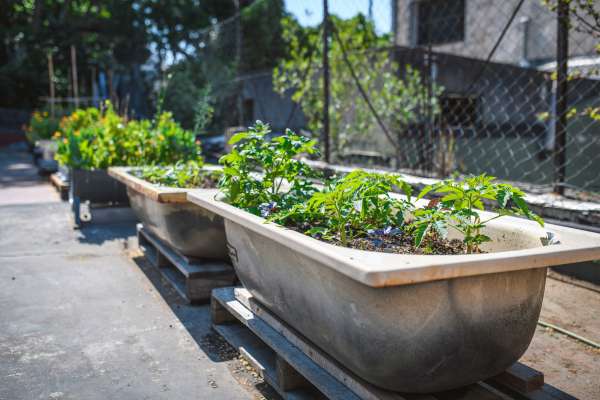
By repurposing items such as old buckets, tires, or wooden crates, you not only add a unique touch to your pergola decor but also reduce waste and contribute to sustainability efforts. Incorporating recycled planters seamlessly blends functionality with eco-consciousness, creating a harmonious outdoor space that reflects your commitment to both style and environmental responsibility.
Propagating Plants From Cuttings

Propagating plants from cuttings presents a cost-effective and rewarding method to populate your pergola with an abundance of foliage. With just a few simple steps, you can multiply your plant collection without having to purchase new specimens. Whether it’s vines, succulents, or flowering flora, propagating cuttings allows you to personalize your arbor decor while saving money on purchasing fully grown plants.
Utilizing Low-Cost Diy Decorations

Elevating the charm of your pergola with plants can be achieved on a budget with the help of low-cost DIY decorations. Infuse your outdoor retreat with personality and style by crafting handmade plant markers, hanging planters, or decorative trellises using simple materials like reclaimed wood, twine, or mason jars. These affordable yet creative touches add visual interest to your arbor while complementing the natural beauty of your plant arrangements. With a bit of imagination and resourcefulness, you can transform your pergola into a stunning botanical haven without breaking the bank.
The Final Thought
Decorating a pergola with plants is a wonderful way to enhance your outdoor space and create a peaceful and inviting atmosphere. By selecting the right plants and arranging them strategically, you can transform your pergola into a lush and beautiful sanctuary. Remember to consider factors such as sunlight exposure, water requirements, and growth habits when choosing your plant selection. Regular maintenance and care will help ensure that your arbor remains vibrant and thriving throughout the seasons.
